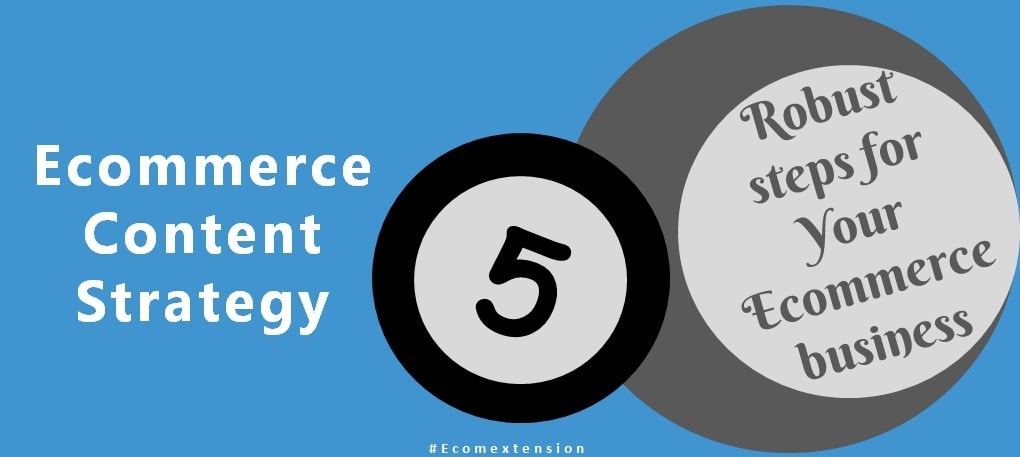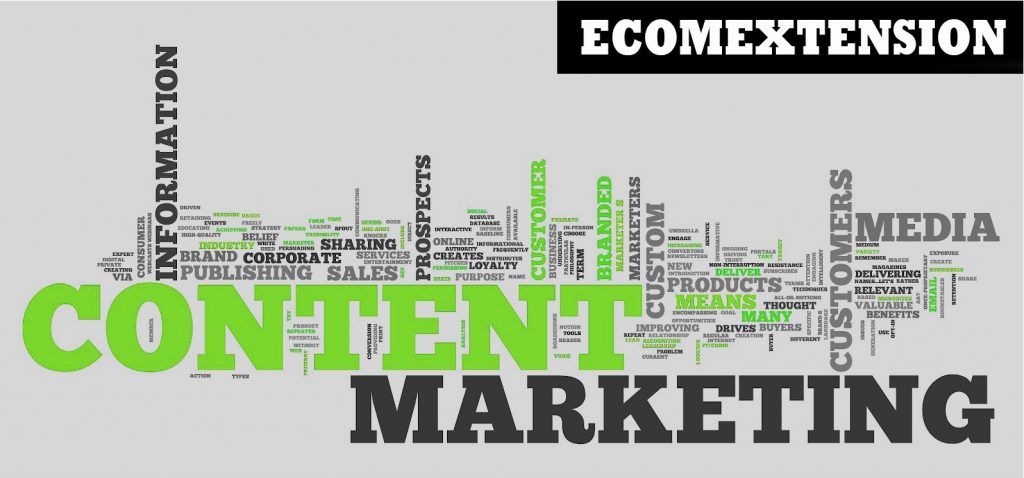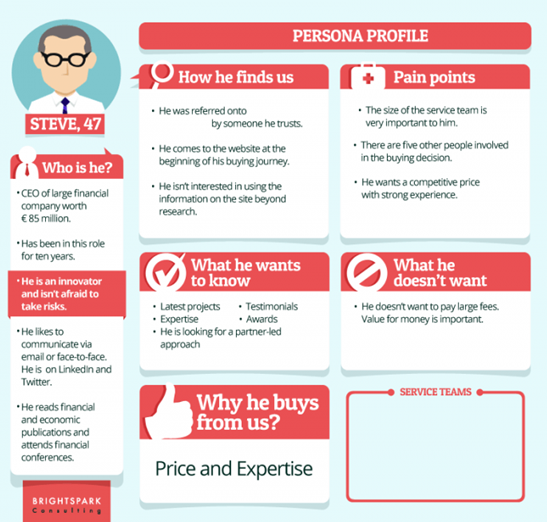
5 years back, an efficient showcase of the ad was the key focus of marketing strategy. But now, scenario states something else. Efficient eCommerce content strategy always emphasises on customer’s needs, desires and problems not on product showcase first. A survey was carried out amongst B2B marketers and it states that 70% B2B marketers have planned to release more and more content this year.
You must be wondering why it is so. I have some more interesting facts for you. Content marketing delivers 55% higher website traffic and 97% inbound links which can lead to an effective purchase decision up to 83%.
Let’s understand this by a real story. Oxford interior design company Annie Sloan was hired by Duke and Duchess of Cambridge when they were expecting their second baby. Pink paint ordered by the royal couple made the news of the arrival of a girl child. This seems unethical but the blogs and articles written on it spread the brand of the paint company. Of course, website traffic went higher thereby converted into a purchase. That’s the power of content publicity. In a way, best eCommerce websites create the awareness regarding the presence of their products with extraordinary ethical content strategies.
E-commerce content strategy is woven around 5 robust steps.
The King always asks for strategy than strength. Because once you have enclosed the strategy, the strength wouldn’t remain uncounted. Strength is something which can be acquired as per change but changing strategy means breaking the skeleton. Luckily, I have always given a weight of these 5 steps and never failed. Now let’s see them one by one.

1. The goal set for the product determines its reaches.
In Ecommerce, goals are generally referred as sales goals. So the question arises in mind, “Will content marketing help to achieve sales goal?” Well, yes eCommerce website content has that strength.
Key Performance Indicator (KPI) has to be set for each and every area of the contents:
1. Visitors from Organic search
2. Visitors from referral websites
3. Visitors from social media
4. Email subscribers
5. Products added to cart from blog, article or a chatbot
6. Sales generated through contents
These KPIs are for reference. You can define your own set of KPIs and follow them rigorously for 6 months to achieve the goal to create best eCommerce websites.
2. Buyer Persona
If you don’t know your targeted customers, then how will you fulfil your goals? Your goals are set, that is very good. Now the time has come to identify your target audience.

Credit: My customer
Customer personal information and his/her activity on the internet determine the buyer persona. A demographic representation can help to identify set of buyer personas to target. I mean that instead of targeting everyone in the world, why not target a set of personas where chances are huge and better eCommerce content strategy can be determined and worked out.
To determine, buyer personas, following are the ways:
-
1. Interviews
-
2. Competitors audience
-
3. Communities in social media
-
4. Analytic tools
-
5. Market surveys and analysis
3. Choosing right kind of contents for right person impacts hugely.
Do you know something that emails with personalised subject lines have 26% more chances to be opened? You have to identify the areas where your product presence is inevitable. Now the question arises that how can I determine those areas. There is a simple solution for it. Take customers’ all problems, analyse them and you would directly come to know the right eCommerce website content marketing style.

Credit: metrilo
According to Ascend2, 69% companies has already increased their video marketing budget to be ranked amongst best eCommerce websites.Content strategy should also step in current marketing trends as well.
4. Channelize your quality content with proper planning
Every buyer has a different set of buying thought processes. One does a lot of research for the product and then make a purchase, one would just like the product and immediately buy it, and so on.
LookBook HQ states that 49% marketers have started learning to generate eCommerce content strategy in alignment with the customer journey.
Customer journey elements and needs have to be catered through sales funnels. I have come across following sales funnels:
-
AIDA (Attention, Interest, Decision, Action)
-
It is a framework where you can start with fetching customer’s attentions, then building customer’s interest further, support customer to take a decision and then finally provide him options of actions. It is a complex model and most store owners don’t prefer it.

Credit: webpagefx
-
Tofu (Top of Funnel)
-
It is used to grab customer attention. Small, interesting, catchy contents are written to get user subscribed to newsletters or other promotional plans. Your aim should be towards subscribing only.
-
Mofu (Middle of the funnel)
-
Once the attention is grabbed and the customer is interested, then more engaging and informative contents can be delivered. The contents should give the exact highlight about a product or a service. It should be tempting enough. Here your aim should be that a customer adds the product to the cart.
-
Bofu (Bottom of the funnel)
-
Here, a customer should be convinced in a way that this product is the one which exactly fulfilling his requirements. Here, the exact aim is that the customer makes a purchase.
-
Once your buyer persona is ready, your content style is determined, marketing model is finalised, create a content calendar, and issue contents as per the model and schedule. Promote them on the strong mediums and see the effect!
5. Recycling old contents
The one eCommerce website content which is trending now will not be trending tomorrow and may be trending someday. So someday you can use the same content with just different style added to it.The demand of info graph has increased 800% in just one year. So if you have contents that can be represented as infographics, then just use a tool, convert it into info graph and publish once again.
Last words,
The future is personalised marketing for sure. If a customer gets the attention he deserves and the information he needs, there are strong conversion chances. As I said in the beginning, contents should revolve around customer not product.


